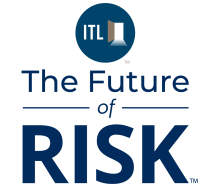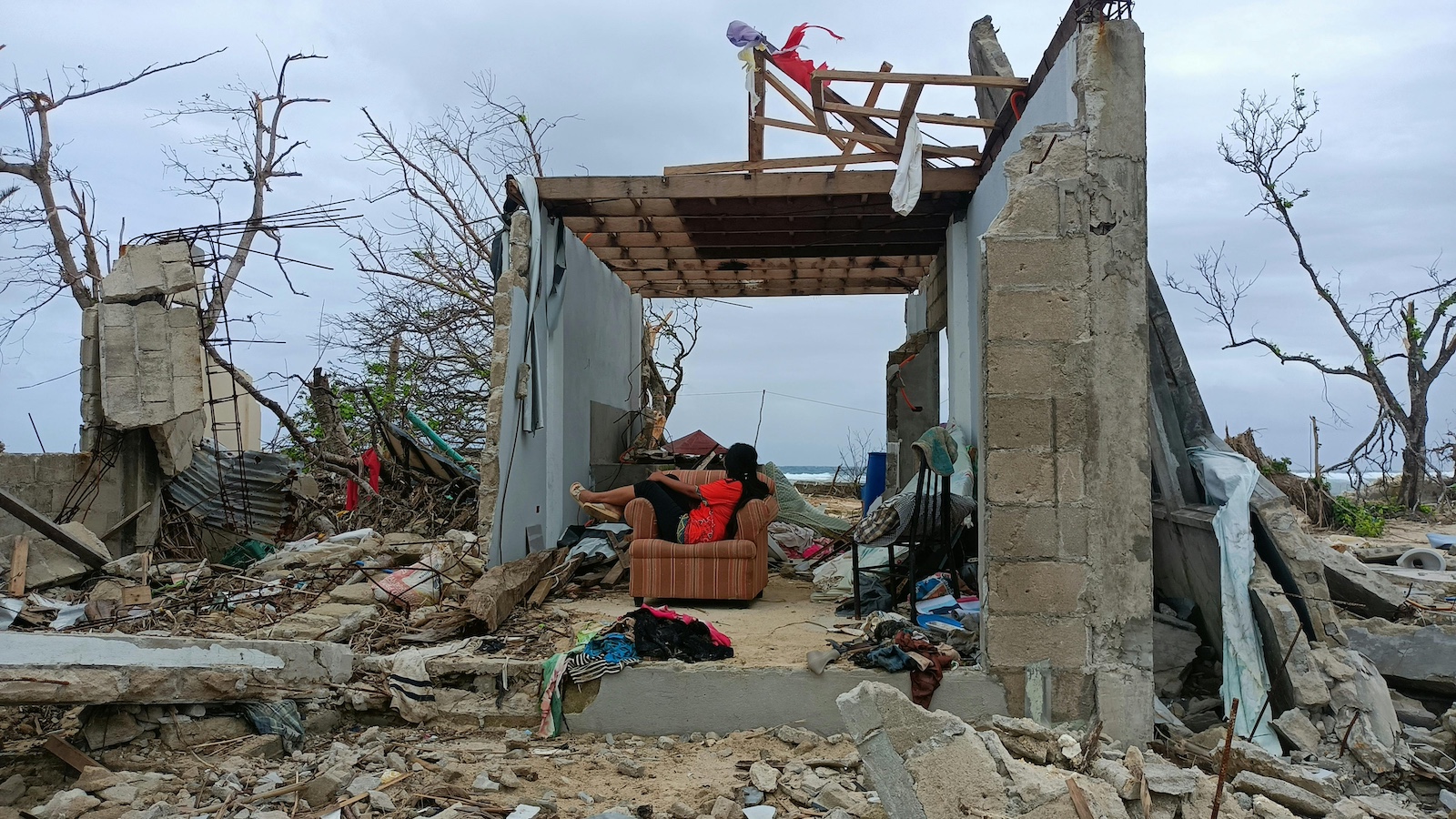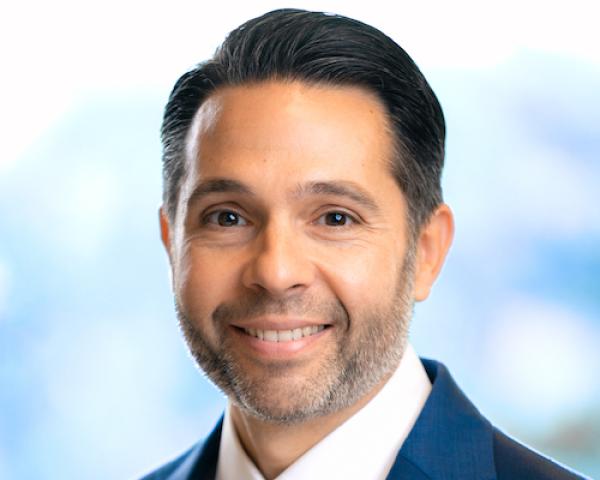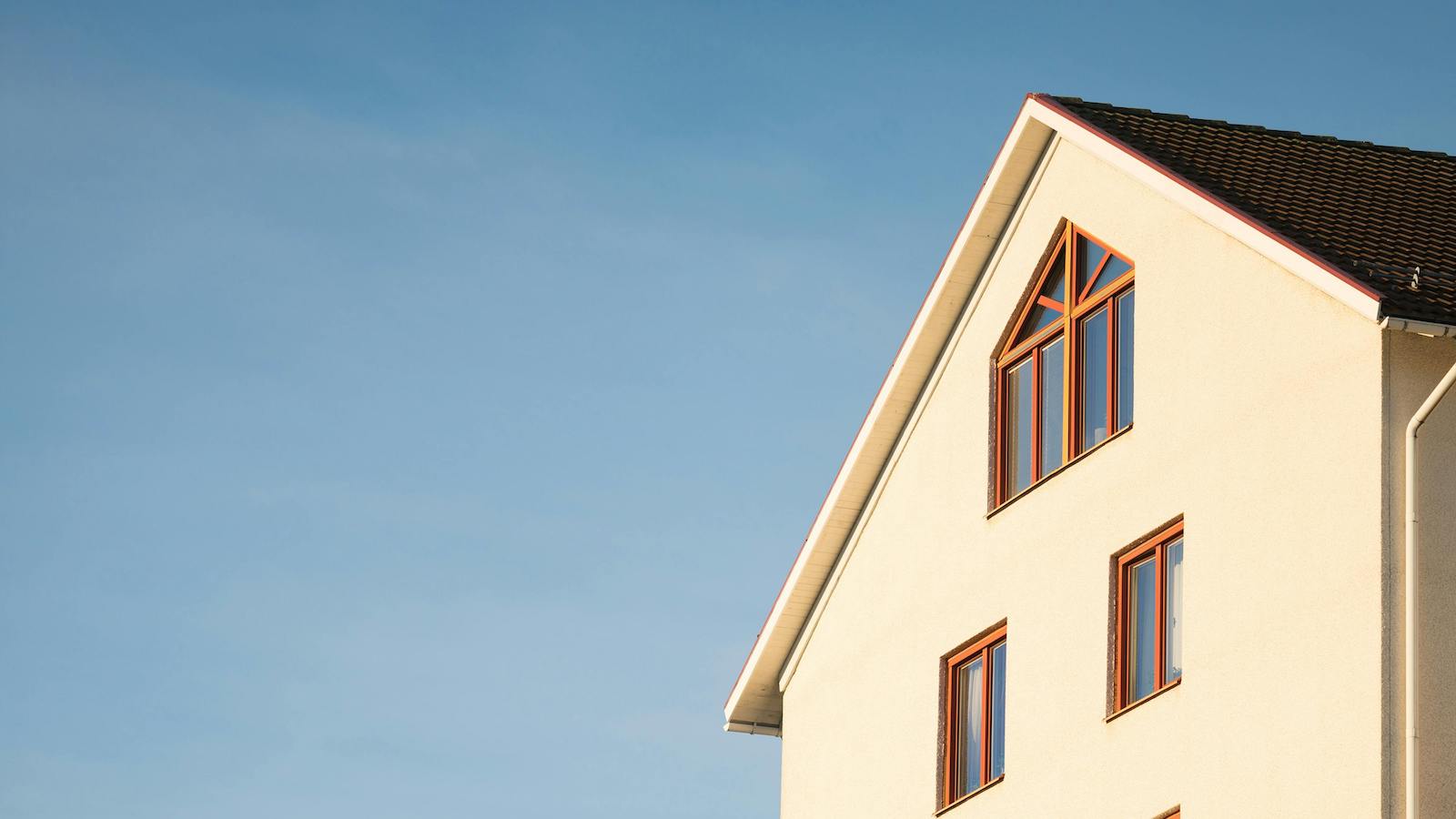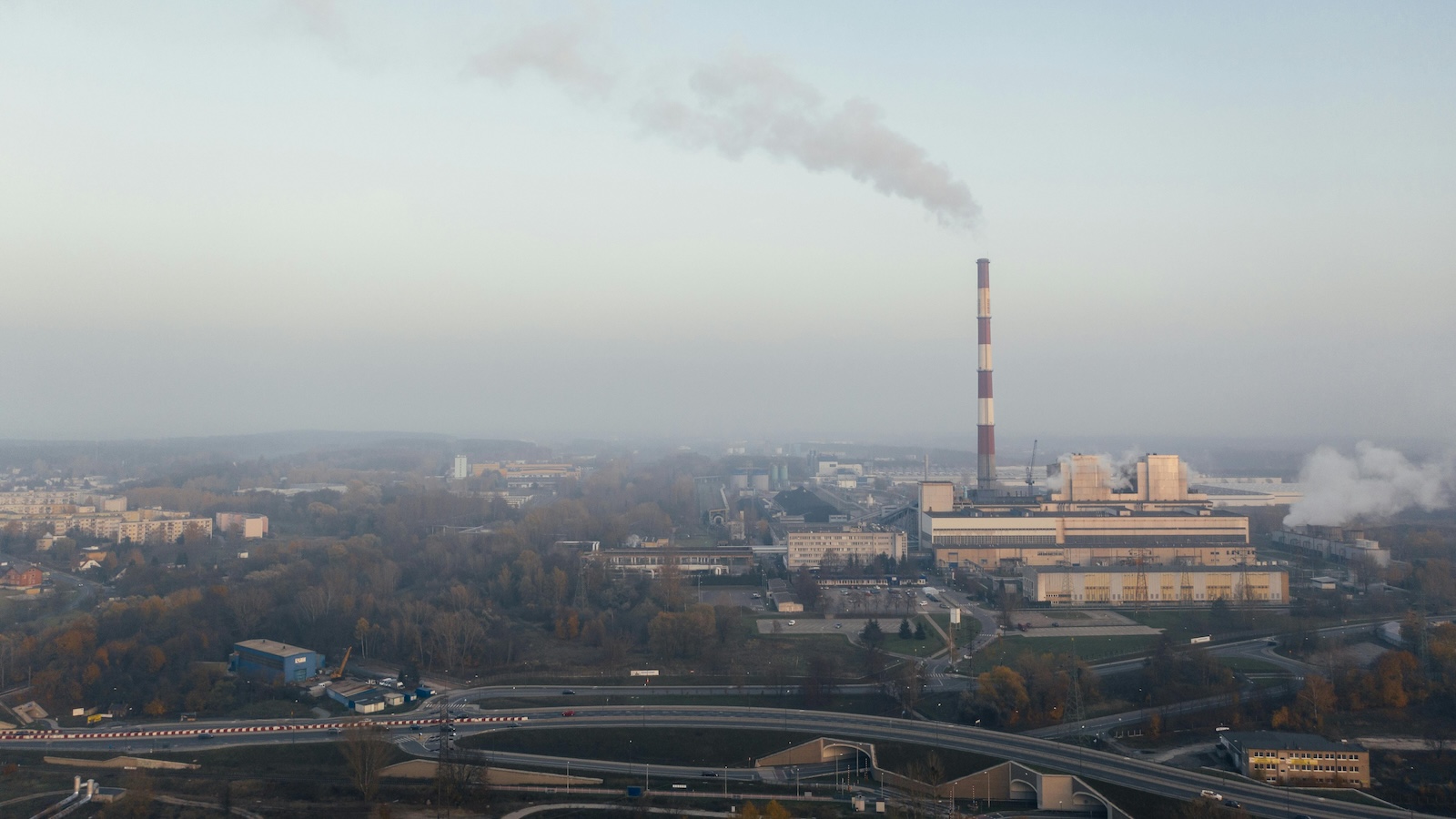The property insurance market has reached a point of stabilization after years of volatile rate hikes and financial losses. However, external threats—especially those posed by natural disasters—continue to challenge property owners and insurers alike. The increasing frequency and severity of extreme weather events, coupled with inflationary pressures and shifting geographic risk zones, have made risk management more critical than ever.
Managing property risk is no longer about reactive solutions; it requires a proactive, data-driven strategy. From accurate property valuations to leveraging advanced event monitoring technologies, advisors must encourage property owners and businesses to take decisive action to mitigate vulnerabilities and secure insurability.
Here's what your property stakeholders need to focus on to navigate the evolving risk landscape.
Accurate property valuation: A foundation for proper coverage
One of the most significant issues to emerge in property insurance over the past several years is undervaluation. Many properties have been historically underinsured, leading to inadequate coverage when disasters strike. In high-risk areas, rising property values have made this problem even more pronounced.
For instance, a building insured for $3 million may now require $4 million-plus for reconstruction due to inflation, supply chain disruptions and escalating costs of materials and labor. Without regular property valuations, policyholders may find themselves facing significant out-of-pocket expenses if a claim exceeds their coverage limits.
To mitigate this risk, advisors should instruct property owners to:
- Conduct property valuation reviews and updates to reflect true replacement costs
- Work with insurance brokers and valuation experts to determine accurate market rates and trending factors
- Maintain clear documentation of valuation methodologies to justify insured values
By staying ahead of valuation shifts, property owners can reduce the likelihood of cost increases while ensuring they have adequate coverage in place.
The rising threat of natural disasters and secondary perils
Catastrophic weather events are reshaping risk landscapes across the U.S.. In 2024, there were 27 climate-related events that each exceeded $1 billion in insured property losses. Regions once considered safe are now experiencing severe storms, wildfires and flooding, making preparedness a necessity rather than an option.
Tornado Alley, for example, has shifted eastward, while cold snaps now extend into Southern states. Florida and California continue to face increasing risks from hurricanes and wildfires, respectively, exacerbating insurance costs in those regions.
Given this, advisors need to encourage property owners to integrate advanced risk modeling and predictive analytics into their disaster preparedness plans. These tools can help assess potential vulnerabilities and guide risk mitigation efforts, such as:
- Reinforcing building structures to withstand harsh weather
- Upgrading roofs, windows and drainage systems to minimize storm damage
- Implementing wildfire-resistant landscaping and maintaining defensible perimeters
For property that constitutes a business and generates revenue, continuity insurance and a disaster recovery plan are paramount.
The role of smart technology in risk prevention
The emergence of smart home and commercial property technologies is changing how insurers assess and price risk. Property owners who invest in these solutions are more likely to secure favorable coverage terms and lower premiums.
Some of the most effective smart technologies include:
- Water leak detection systems: Water damage is one of the most common non-catastrophic claims, with leaks from plumbing failures or faulty appliances accounting for billions in losses annually. Smart sensors can detect abnormal water flow and alert homeowners before minor leaks escalate into major damage.
- Security and surveillance systems: Many burglaries occur without forced entry, often due to unlocked doors or weak security measures. Smart locks, surveillance cameras and alarm systems reduce theft risk and provide insurers with verifiable proof of security measures.
- Fire and electrical monitoring: New technology can now detect electrical arcing behind walls, a common precursor to house fires. Advanced remote fire monitoring and suppression systems can reduce both loss frequency and severity.
Insurance providers increasingly require these measures as eligibility criteria rather than the basis for optional discounts. As a result, it's important that property owners are aware that failing to adopt risk-mitigation technologies may make it harder to obtain affordable coverage.
The growing cost of insurance and alternative risk solutions
Homeowners and businesses alike are grappling with rising insurance premiums, particularly in catastrophe-prone areas. In Florida, for example, the average annual homeowners' insurance premium is four times the national average, making it difficult for many property owners to afford coverage.
In response, advisors should encourage clients to consider alternative risk solutions, including:
- Captive insurance: Business owners may explore forming captive insurance entities, allowing them to assume some or all of their own risks in a structured and financially beneficial manner over time.
- Parametric insurance: Unlike traditional insurance, which reimburses losses after a claim process, parametric policies provide predefined payouts when certain conditions—such as wind speeds or earthquake magnitudes—are met.
These alternative solutions require careful planning and financial analysis, but they can provide viable options when traditional insurance becomes cost-prohibitive or unavailable.
Modern risk management
Managing property risk in 2025 requires a multi-faceted approach that goes beyond traditional insurance. The increasing frequency of natural disasters, rising insurance costs and emerging global threats demand strategies to safeguard client homes, businesses and assets in an unpredictable world.
By prioritizing accurate property valuations, investing in smart risk mitigation technologies and exploring alternative insurance options, property owners can position themselves as lower-risk policyholders. This not only enhances their insurability but also ensures long-term financial stability.

